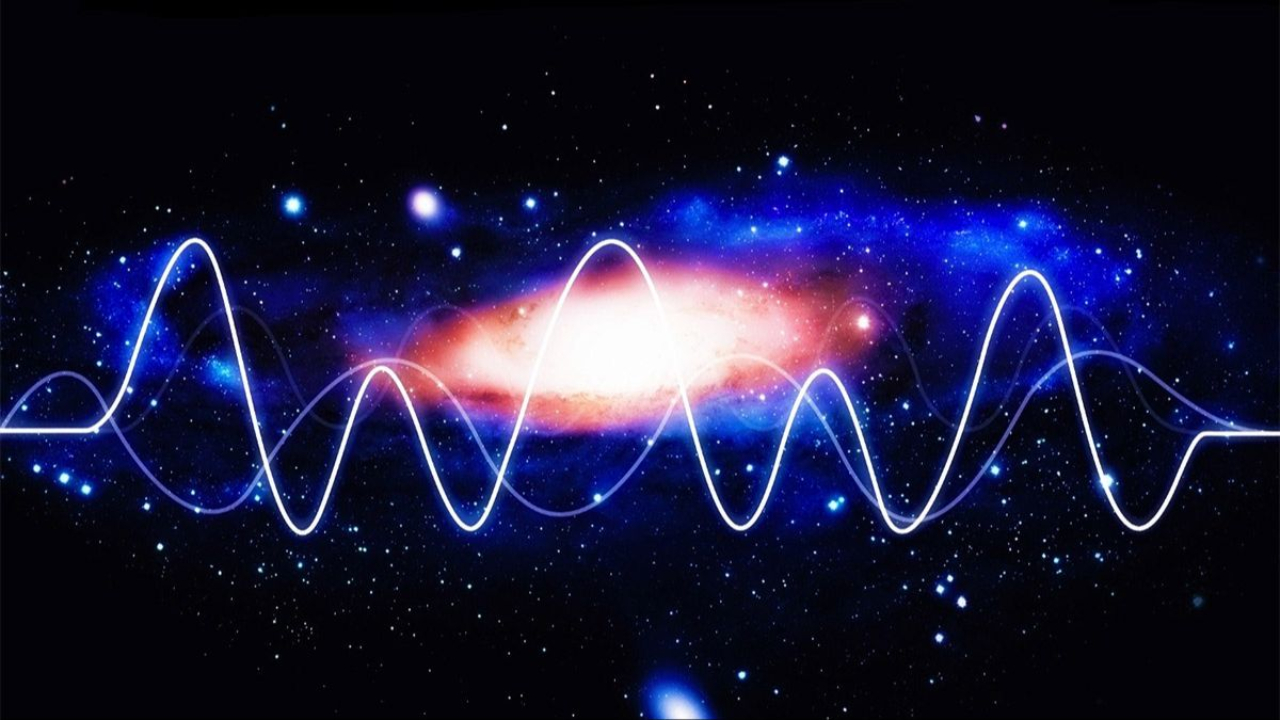Physicists Link a New Quantum Property with the Emergence of Spacetime

By Amal Pushp, Affiliate Physicist at the Resonance Science Foundation
The origin of spacetime is one of the most intriguing questions of the fundamentals of physics. This is one of the many questions that has essentially troubled scientists for centuries. Modern-day theorists have come up with several frameworks that have tried to approximate the main conditions that led to the emergence of spacetime. Some of these theories are emergent gravity, causal set theory, information theory, and multiple models within the enterprise of quantum gravity.
Physicists have been pondering for long that space and time are essentially derived properties from something more concrete, however, it is still not very clear as to what that more fundamental thing might be. There are several pieces of evidence in the scientific literature that apparently hint towards the non-fundamentality of spacetime. Essentially with the gauge-gravity duality proposal, theories of spacetime emergence have spurred major interest among the physics community.
The gauge-gravity duality or AdS/CFT is essentially a duality between two physical theories - quantum field theories and gravitational theories essentially applied to physical systems for simplifying the calculations. This is made possible because gravitational theories are weakly interacting in nature and hence calculations which are otherwise hard to address in strongly interacting quantum field theories become easier to tackle in the former. In other words, because of the connection between the two theories, the addressing of a certain problem from one theory could be made in a different theory wherein the same problem becomes easier to solve. This duality apparently indicates that spacetime is not fundamental but rather a derived property.
Moreover, quantum entanglement is considered to be one of the prime factors and is a key component of yet another framework dealing with the emergence of spacetime [2]. This framework due to physicist Mark van Raamsdonk from the University of British Columbia, was very well received by the community and won him a prize from the Gravity Research Foundation. The concluding statement of Raamsdonk’s original paper explicates the importance of entanglement in the emergence of spacetime [2]:
“We have seen that we can connect up spacetimes by entangling degrees of freedom and tear them apart by disentangling. It is fascinating that the intrinsically quantum phenomenon of entanglement appears to be crucial for the emergence of classical spacetime geometry.”

Figure represents the bulk/boundary relationship in AdS/CFT duality. Source: [1]
Now, considering the case of black holes, the smoothness of spacetime within the bulk (region of optimal mass concentration) of black holes is directly proportional to the extent of entanglement on the boundary. However, entanglement alone can’t describe the black hole fully and thus there is a need of an additional factor that could coherently describe the bulk-boundary system of the black hole in its entirety.
Physicists from the RIKEN Interdisciplinary Theoretical and Mathematical Sciences (iTHEMS) have proposed a new quantum property called “magic” that essentially allows describing the chaotic behaviour of black holes. It is a well-established fact that the information of any object that falls into a black hole is apparently lost, and its recovery is a challenging task. The physicists of the current study believe that magic can serve as an additional source of information to tackle the apparent paradox. According to their original paper [3],
“Magic (monotone) is the measure of the amount of nonstabilizer resource, and it measures how difficult it is for a classical computer to simulate the state.”
In their study, magic is accompanied by two additional quantities that helps in the former’s evaluation. These two quantities are “Mana” and “RoM” (Robustness of Magic) and are essential to quantify the quantum magic states. A detailed account of the conceptual and mathematical details of these quantities have been made explicit in the original paper by the RIKEN Team and the reader is advised to refer to the same.
Conclusively, the research team’s computations reveal that in a chaotic system (such as a black hole), any state will evolve to the one that is most difficult to simulate, or in other words, a state that is maximally magical. The work thus establishes a strong link between chaotic systems and the quantum magic state. Importantly, it also serves as a powerful component in the spacetime emergence mechanism.
References
[1] A. Jahn, J. Eisert, “Holographic tensor network models and quantum error correction: A topical review”, Quant. Sc. Tech. 6, 033002 (2021). DOI: 10.1088/2058-9565/ac0293
[2] Mark Van Raamsdonk, “Building up space–time with quantum entanglement”, International Journal of Modern Physics D (2010). DOI: 10.1007/s10714-010-1034-0
[3] Kanato Goto et al, Probing chaos by magic monotones, Physical Review D (2022). DOI: 10.1103/PhysRevD.106.126009



